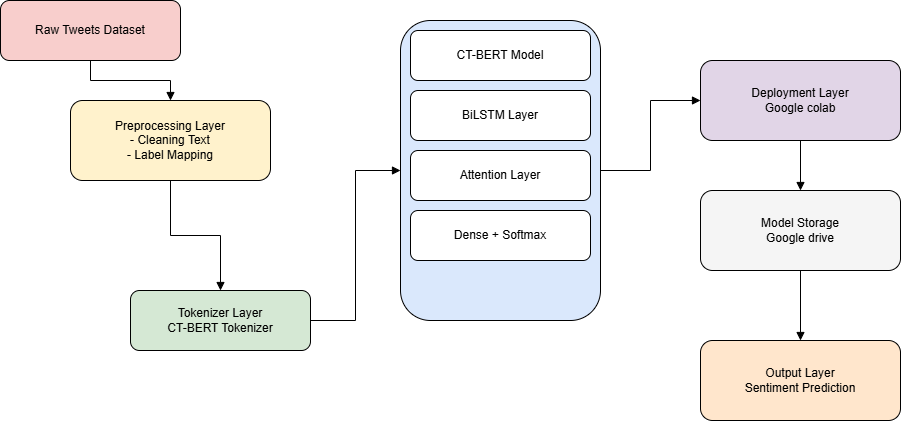SENTIMENT ANALYSIS OF CUSTOMER FEEDBACK ON ONLINEPLATFORM USING DEEP LEARNING
DOI:
https://doi.org/10.71146/kjmr503Keywords:
Sentiment Analysis, Electra Model, Deep Learning, Customer Feedback, Transformer ModelsAbstract
Customer feedback sentiment analysis has become one of the most important aspects of businesses in order to understand their level of customer satisfaction and make improvements to their services. As the online platforms expand explosively, large quantities of unstructured data are created that are hard to provide meaningful data from. Sentiment analysis has been done using the traditional machine learning models like the SVM and Logistic Regression but those are not good at much complex and ambiguous text data, which makes such models less effective in practice. Better models, such as CNN-LSTM and GloVe-CNN-LSTM, have performed a bit better, but they still have not been able to capture the long-range dependencies and subtle sentiments in sentences. The research gap in the current literature is a more generalized and scalable solution that must address the nuances of customer feedback and be very accurate and efficient. The traditional models usually need a manual extraction of features or cannot deal well with domain-specific text, whereas deep learning models also have issues on dealing with domain-specific uncertainties on large and mixed sentiments. The dilemma, thus, consists of the balance between the complicatedness of calculations and performance with simpler checking out to be quick, yet terrible, and profound learning models to be precise but costly to execute. This article suggests the Electra model with Hugging Face Transformer as a response to it. Electra has 95% accuracy, 94 percent precision, and an F1-score of 93.5 percent, which is better compared to the traditional models such as SVM (80 percent accuracy) or Logistic Regression (75 percent accuracy). The findings confirm that Electra has better sentiment analysis functionality and effectively deals with more complex textual data, performing well in major performance indicators than the baseline model, and is a better and efficient method when applied in real-life situations.
Downloads

Downloads
Published
Issue
Section
License
Copyright (c) 2025 Muhammad Rafiq, Muhammad Yousaf, Yasir Aziz, Muhammad Fuzail, Ahmad Naeem, Naeem Aslam (Author)

This work is licensed under a Creative Commons Attribution 4.0 International License.






